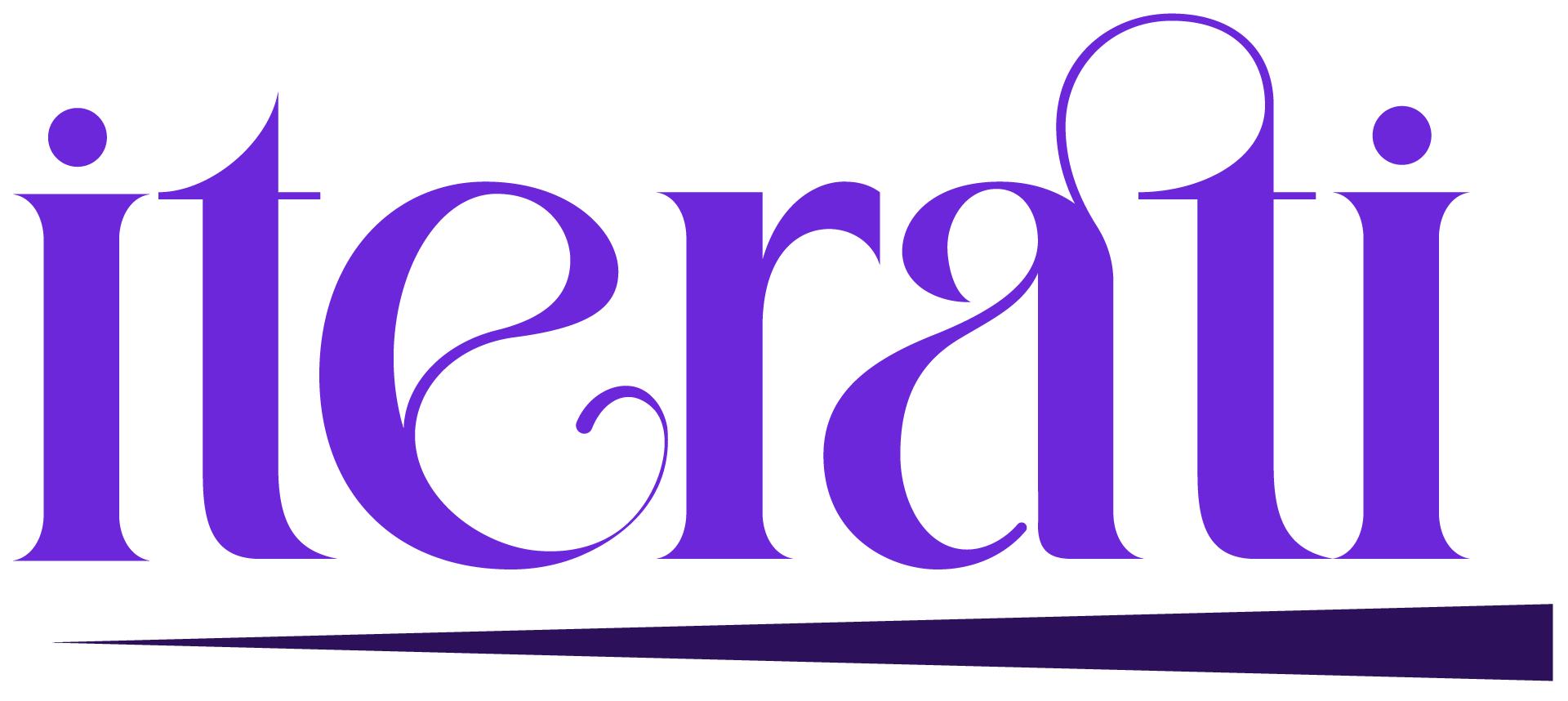Digital transformation has become a cornerstone of modern business growth, driving innovation, efficiency, and customer-centric approaches across industries. However, navigating the complexities of digital change requires meticulous planning and execution, which is where digital change management solutions come into play. These solutions are designed to streamline transitions, mitigate risks, and ensure organizations adapt effectively to evolving market demands. Whether your business is embracing new technologies, redefining customer experiences, or restructuring operations, successful digital change management is critical to staying competitive and achieving long-term goals. In this comprehensive guide, we’ll explore the essential strategies, tools, and frameworks that make digital change management achievable, from understanding the 7 R’s of change management to leveraging the Adkar Model for digital transformation. By examining case studies, best practices, and real-world applications, this article will equip you with actionable insights to lead your organization through digital disruption and ensure a smooth path to digital maturity.
Key Takeaways
– Master the ADKAR Model: Understand the five stages—Awareness, Desire, Knowledge, Ability, and Reinforcement—to effectively manage digital transformation at an individual and organizational level.
– Prioritize People in Digital Transformation: Focus on equipping your workforce with the right skills and mindset to embrace change and drive innovation.
– Leverage the 4Ps Framework: Address the key components of digital transformation—People, Processes, Platforms, and Partnerships—to ensure a holistic approach to change management.
– Align Leadership and Strategy: Champion the ADKAR Model and foster a culture of continuous learning to overcome resistance and achieve long-term success.
– Consider Competing Models: Explore complementary frameworks like SADL and Kotter’s Change Model to tailor your strategy to your organization’s unique needs.
– Drive Sustainable Change: Use targeted training, regular feedback, and recognition to reinforce change and ensure it becomes part of your organizational DNA.

What is Digital Change Management?
Digital change management refers to the systematic approach to managing digital transformation initiatives within an organization. It involves aligning people, processes, and technology to drive innovation and deliver value through digital means. The goal is to ensure that organizational change is seamless, efficient, and ultimately beneficial for both employees and customers.
Why is Digital Change Management Important?
Organizations undergo digital change for various reasons, including staying competitive, embracing technological advancements, and meeting evolving customer expectations. Effective digital change management ensures that these transitions are well-planned, executed, and supported, minimizing disruption and fostering stakeholder buy-in.
Key Stages of Digital Change Management
- Assessment : Understand the current state of the organization, identify gaps, and define objectives.
- Strategy Development : Create a roadmap outlining the scope, timeline, and key milestones.
- Communication Planning : Develop a clear and consistent messaging strategy to inform stakeholders.
- Implementation : Roll out new technologies, processes, and tools, supported by training and support.
- Monitoring & Optimization : Continuously track progress, gather feedback, and make adjustments as needed.
- Closure : Evaluate the outcomes, celebrate successes, and document lessons learned for future initiatives.
Best Practices
- Collaboration : Foster cross-departmental collaboration to ensure alignment and shared goals.
- Stakeholder Involvement : Engage leadership, IT teams, and end-users early in the process.
- Agile Methodologies : Use iterative approaches to adapt quickly to changing requirements.
- User-Centric Design : Prioritize user experience to ensure the change aligns with business needs and user preferences.
Tools and Resources
To facilitate digital change management, organizations can leverage platforms like SAP , Oracle , and Deloitte . These partners offer comprehensive solutions and expertise to guide organizations through their digital transformation journeys.
By implementing robust digital change management practices, organizations can unlock new opportunities, enhance operational efficiency, and drive long-term growth.
What Are the 7 R’s of Change Management?
- Rigidity: Recognizing and addressing resistance to change is crucial. Understand why employees or stakeholders may resist and develop strategies to mitigate these concerns.
- Rigorously: Plan and execute changes systematically. Ensure every step is well thought-out and aligned with organizational goals.
- Resilience: Build capacity to adapt and recover from setbacks. Foster a culture that embraces learning and growth during transitions.
- Relationships: Strengthen communication channels between teams and stakeholders. Engage in regular dialogue to ensure alignment and buy-in.
- Resources: Allocate sufficient time, budget, and personnel to support the change initiative. Address potential resource gaps proactively.
- Rehearsals: Simulate and test the change process in controlled environments. Identify potential issues before full implementation.
- Results: Measure the success of the change against predefined objectives. Continuously monitor progress and adjust strategies as needed.

What is a Change Management Solution?
A change management solution is a strategic approach and set of practices designed to manage IT changes in a way that minimizes disruptions and ensures seamless transitions. It involves planning, executing, and monitoring changes to systems, applications, or infrastructure to maintain operational integrity and efficiency.
Key Components of a Change Management Solution:
- Planning and Preparation :
- Define the scope and objectives of the change.
- Identify potential risks and impacts on existing systems.
- Develop a detailed plan outlining timelines, responsibilities, and approval processes.
- Execution :
- Implement changes using methods like gradual rollouts or continuous delivery.
- Utilize automation tools for deployment and testing to ensure reliability.
- Maintain communication channels with stakeholders to update progress and address concerns.
- Monitoring and Control :
- Continuously monitor the impact of changes using monitoring tools.
- Implement incident management processes to address any issues promptly.
- Conduct post-change reviews to evaluate success and gather feedback.
- Collaboration and Training :
- Engage stakeholders and end-users early in the process to ensure buy-in.
- Provide training and documentation to support adoption of new systems or features.
- Tools and Automation :
- Leverage tools like Jenkins, GitHub Actions, or Azure DevOps for CI/CD pipelines.
- Use monitoring solutions such as Nagios, Prometheus, or Dynatrace to maintain system health.
- Compliance and Governance :
- Ensure changes align with organizational policies and regulatory requirements.
- Maintain records of all changes for audit purposes.
Benefits of Effective Change Management Solutions:
- Reduces downtime and minimizes service disruptions.
- Enhances system stability and performance.
- Improves user satisfaction and productivity.
- Supports business continuity and growth initiatives.
- Ensures compliance with industry standards and internal policies.
Types of Change Management Solutions:
- Smooth Transition Approach : Focuses on gradual implementation to reduce impact.
- Continuous Delivery Model : Involves frequent, small deployments to maintain stability.
- Incident Management Integration : Addresses issues as they arise during change execution.
Leading Providers of Change Management Solutions:
- IBM : Offers tailored solutions leveraging their expertise in IT service management.
- Microsoft : Provides integrated platforms that combine change management with automation tools.
- CA Technologies : Specializes in IT management solutions that optimize operational efficiency.
By implementing a robust change management solution, organizations can navigate IT changes with confidence, ensuring continued performance and user satisfaction.

Understanding the Adkar Model for Digital Transformation
The ADKAR Model is a widely recognized framework for managing digital transformation at an individual level. Developed by Prosci, it focuses on five key stages that help individuals and organizations successfully adapt to change. Below is a detailed breakdown of the model and its application in the context of digital transformation:
Overview of Digital Transformation
Digital transformation refers to the process of integrating digital technologies into all aspects of an organization to drive innovation and deliver better customer experiences. It encompasses changes in business processes, customer engagement, product development, and operational efficiency. Successful digital transformation requires a combination of strategic planning, cultural shifts, and technological implementation.
The ADKAR Model Explained
The ADKAR Model stands for Awareness, Desire, Knowledge, Ability, and Reinforcement. It provides a structured approach to helping individuals and teams adopt and thrive during digital transformation efforts:
- Awareness : The first step is to raise awareness about the need for change and the potential benefits of digital transformation. Individuals need to understand why transformation is necessary and how it aligns with organizational goals.
- Desire : Once aware, individuals may develop a desire to change. This stage involves inspiring confidence in the outcomes of transformation and addressing any fears or concerns employees may have.
- Knowledge : Building on awareness and desire, individuals require access to the knowledge and skills needed to implement change effectively. This includes understanding new technologies, processes, and tools.
- Ability : With knowledge in place, individuals need the ability to apply what they’ve learned. This involves practical training, mentorship, and opportunities to practice new skills in real-world scenarios.
- Reinforcement : Finally, reinforcement ensures that change becomes ingrained and sustainable. Regular feedback, recognition of progress, and continued learning reinforce the behaviors and habits associated with digital transformation.
Application of ADKAR in Digital Transformation
The ADKAR Model is particularly valuable in digital transformation because it focuses on the human element—helping individuals navigate and adapt to significant changes. Here’s how it can be applied:
- Leadership Support : Organizations must champion the ADKAR Model by fostering a culture of continuous learning and providing leadership support at every stage.
- Training and Development : Providing targeted training programs and development opportunities aligns with the Knowledge and Ability stages of the model.
- Feedback and Recognition : Regularly reinforcing progress and celebrating milestones helps sustain momentum and motivation.
Benefits of Using the ADKAR Model
By leveraging the ADKAR Model, organizations can reduce resistance to change, improve employee engagement, and enhance the overall success of their digital transformation initiatives. It also helps address common challenges such as lack of awareness, insufficient knowledge, and inadequate skills.
Competitor Models and Contextualization
While the ADKAR Model is highly effective, there are other frameworks that can complement it. For example, the SADL Model (Situation, Analyze, Design, Lead) focuses on organizational change, while Kotter’s Change Model emphasizes leadership and vision. Understanding these competing models can help organizations choose the approach that best fits their unique needs.
At Iterati, we believe in combining proven frameworks like ADKAR with a deep understanding of digital transformation strategies to create holistic solutions that drive lasting change. Our expertise in technology and innovation enables us to guide organizations through every stage of their digital journey, ensuring they unlock the full potential of digital transformation.
To learn more about how Iterati can assist your organization, explore our resources on Iterati and discover how we empower businesses to embrace change and thrive in the digital age.
What Are the 5 Stages of ADKAR?
The ADKAR model is a widely recognized framework for managing organizational change, particularly in IT and business environments. It was developed by Dr. Jeff Hiatt and Prosci Corporation to help individuals and teams successfully navigate change. Below, we outline the five stages of ADKAR:
- Awareness :
- The first step is to become aware of the need for change. Individuals must recognize that a shift is necessary and understand its potential benefits. Awareness can come from various sources, such as leadership communication, industry trends, or personal experiences with inefficiencies.
- Desire :
- Once aware, individuals may develop a desire to change. This emotional component drives motivation and commitment. Desire is fueled by a clear understanding of the problems to be solved and the potential outcomes of embracing the change.
- Knowledge :
- After forming a desire, individuals need sufficient knowledge to understand the change and how to implement it effectively. This includes knowing the “what,” “why,” and “how” of the change initiative. Training, workshops, and accessible resources can play a crucial role in building this knowledge base.
- Ability :
- Possessing knowledge alone isn’t enough. Individuals must gain the skills and confidence to apply the knowledge effectively. This involves hands-on practice, mentorship, and support systems to overcome challenges and barriers.
- Reinforcement :
- Finally, reinforcement ensures that the change sticks over time. This involves celebrating successes, addressing any lingering resistance, and institutionalizing the change through policies and ongoing communication. Regular check-ins and feedback loops help sustain the momentum.
By navigating these five stages thoughtfully, organizations can maximize the likelihood of successful change management while minimizing resistance and disruption.
For more insights into mastering organizational change, explore Iterati’s expertise in driving digital transformation and fostering innovation: Iterati .

What Are the 4 Ps of Digital Transformation?
The concept of the “4 Ps” of digital transformation is often used to describe the key components that organizations must consider when undergoing a digital transformation. While not a standardized framework, this mnemonic helps guide organizations through the complexities of adopting digital technologies and strategies.
1. People
Digital transformation impacts every aspect of an organization, including its workforce. People are at the heart of this process, as they are the ones who will adopt and implement new technologies. This includes employees, customers, and partners. Ensuring that people are equipped with the necessary skills and mindset is critical to the success of any digital transformation initiative.
2. Processes
Digital transformation requires the reevaluation and redesign of core business processes. From supply chain management to customer service, traditional processes may no longer be efficient or effective in a digital environment. Organizations must identify outdated or inefficient processes and replace them with agile, automated, and data-driven alternatives.
3. Platforms
This refers to the technological platforms that enable digital transformation. These could include cloud computing solutions, AI-powered tools, big data analytics platforms, or CRM systems. The choice of the right platform is essential for supporting the organization’s goals and ensuring seamless integration across various departments.
4. Partnerships
Digital transformation often requires collaboration with external partners, including technology providers, industry peers, and third-party vendors. Building strong partnerships is crucial for accessing expertise, resources, and innovative solutions that might not be available internally.
By focusing on these four key areas—people, processes, platforms, and partnerships—organizations can systematically approach their digital transformation journey, ensuring that they adapt effectively to the evolving demands of the digital age.




0 Comments